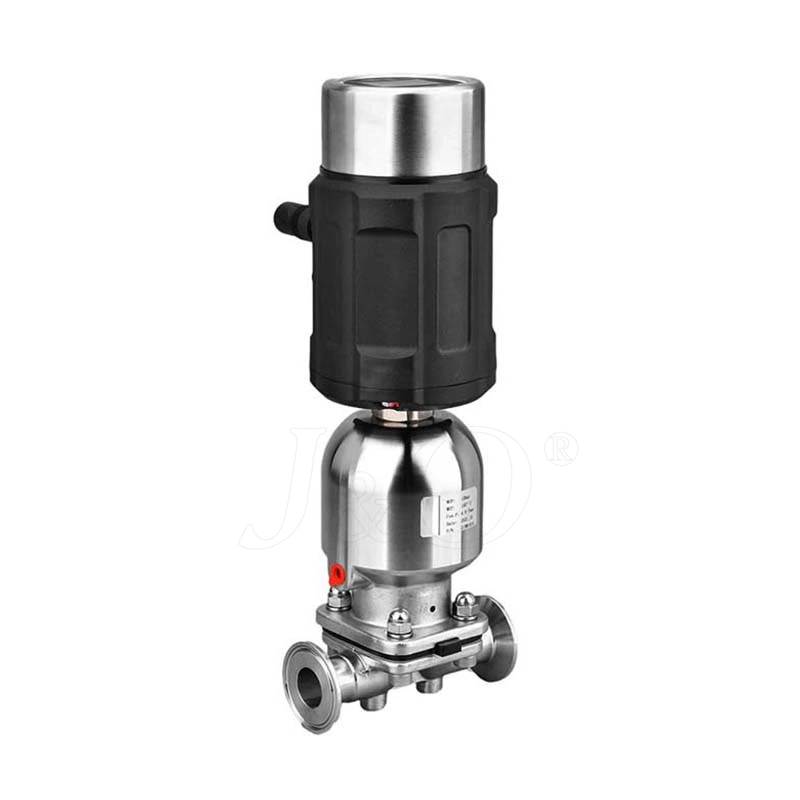Sanitary Diaphragm Valves Are Suitable For Fluid Control On And Off Tasks
Sanitary Diaphragm Valve processing is purer than 40 years ago and is widely used in sanitary brewing, dairy, beverage and food industries and aseptic pharmaceutical fields. Sanitary pneumatic diaphragm valves are also used for ultra-pure media in the microelectronics industry. They are remotely operated by countless pneumatic heads. They are also a type of sanitary valve, but can be operated by a handle, suitable for fluid control opening and closing tasks.
1. The working principle of the sanitary diaphragm valve is:
1. The close fit between the valve body and the diaphragm provides valve body sealing and valve seat sealing to ensure that the internal and external environments of the pipeline are completely isolated, so the valve is suitable for aseptic processes.
2. The opening and closing of the sanitary pneumatic diaphragm valve is achieved by the up and down movement of the valve stem. When the valve stem is in the upper position, the spherical diaphragm moves upward and downward, driving the valve core to bend the diaphragm, forcing the diaphragm to close to the valve seat area, closing the path to the pipeline fluid.
3. The sanitary diaphragm valve can be operated pneumatically or manually, and can also be controlled by an intelligent controller.
2. The structure of the valve of the sanitary diaphragm valve is: 1. The 15~30 angle installation is conducive to the discharge of liquid after the valve is cleaned, and it is not easy to cause liquid to be retained inside the valve. 2. The sealing structure of the sanitary diaphragm valve is conducive to the automatic emptying of the medium and more conducive to the CIP/SIP process. 3. The diaphragm made of soft elastic material will not react sensitively to the working medium contaminated by fiber clusters, solid particles, etc., and generally will not affect the operation and sealing of the valve. Different materials can be selected according to the working or disinfection temperature and the chemical properties of the working medium. 4. The typical diaphragm fixing method is screw fixing in contrast to the hole fixing. This fixing method disperses the force area to the entire surface of the bolt, which is to prevent the mechanical connection of the diaphragm from being destroyed under vacuum conditions. 5. The valve body is precision machined by CNC to ensure that the sealing surface of the valve cavity matches the diaphragm arc, reduce the friction of the diaphragm, and extend the service life of the diaphragm. The surface polishing of the valve cavity can be mechanically or electrolytically polished according to customer requirements, and the polishing degree can reach 0.25um. 6. Since different types of valves and materials will be used under different working conditions, before selecting the valve body and diaphragm, the application of a product must be analyzed for chemical and medical applications and chemical reactions caused by high temperatures. The suitability of the material is tested through effective chemical data or expert certification to ensure the safety of the product and its long-term effectiveness.
